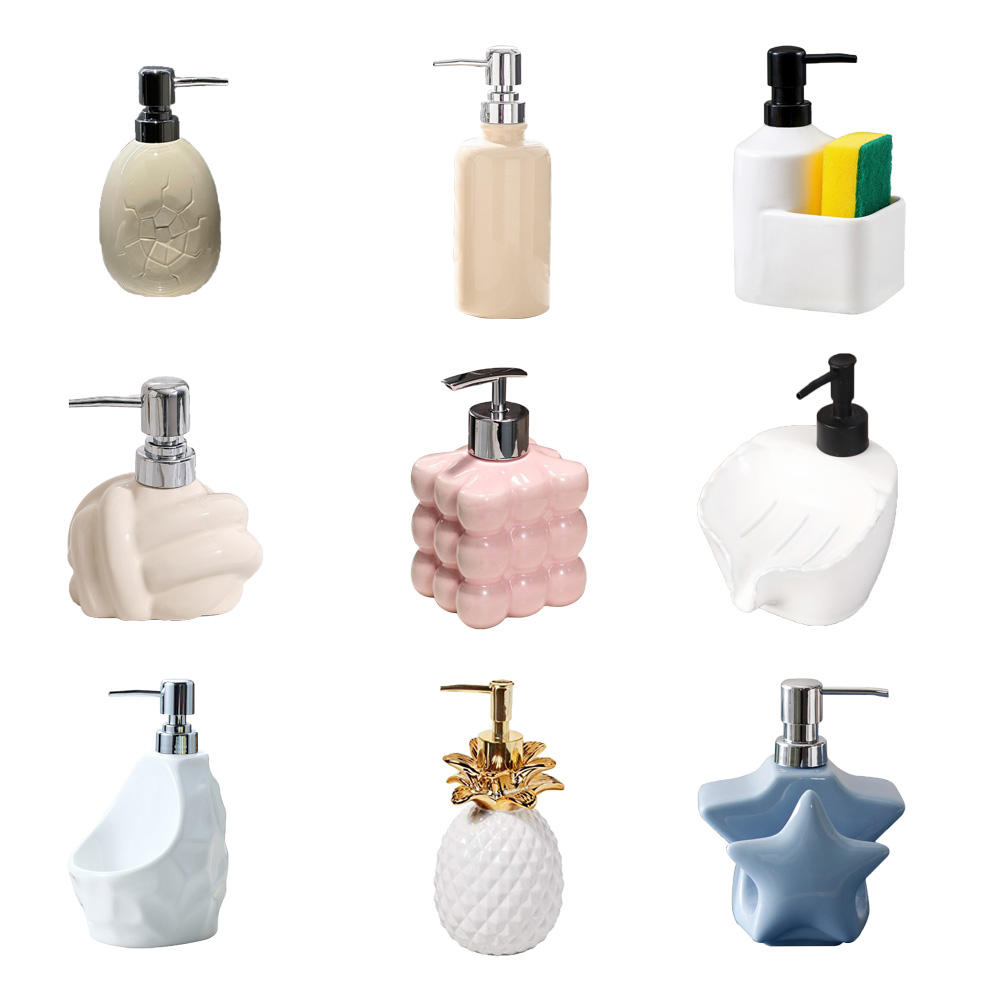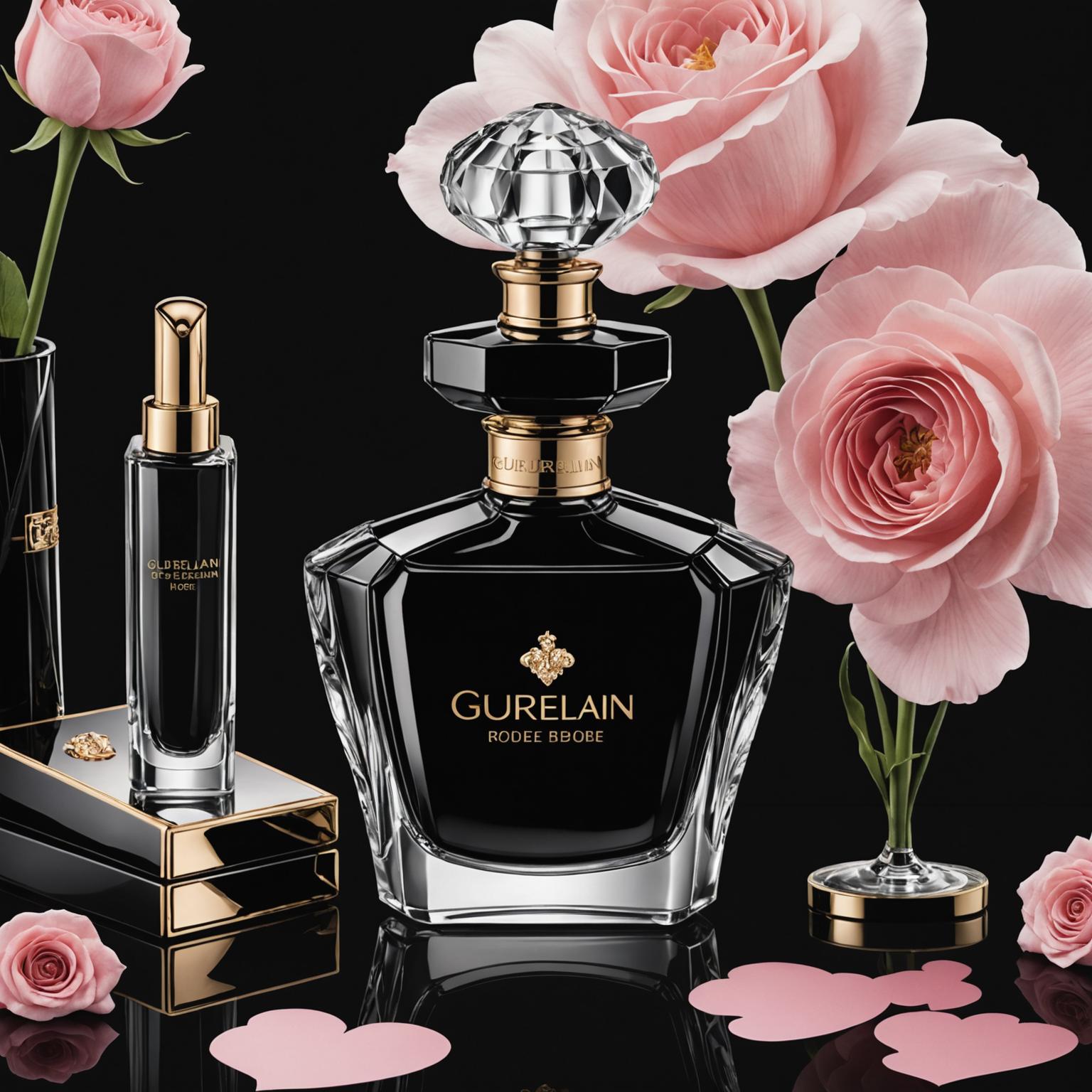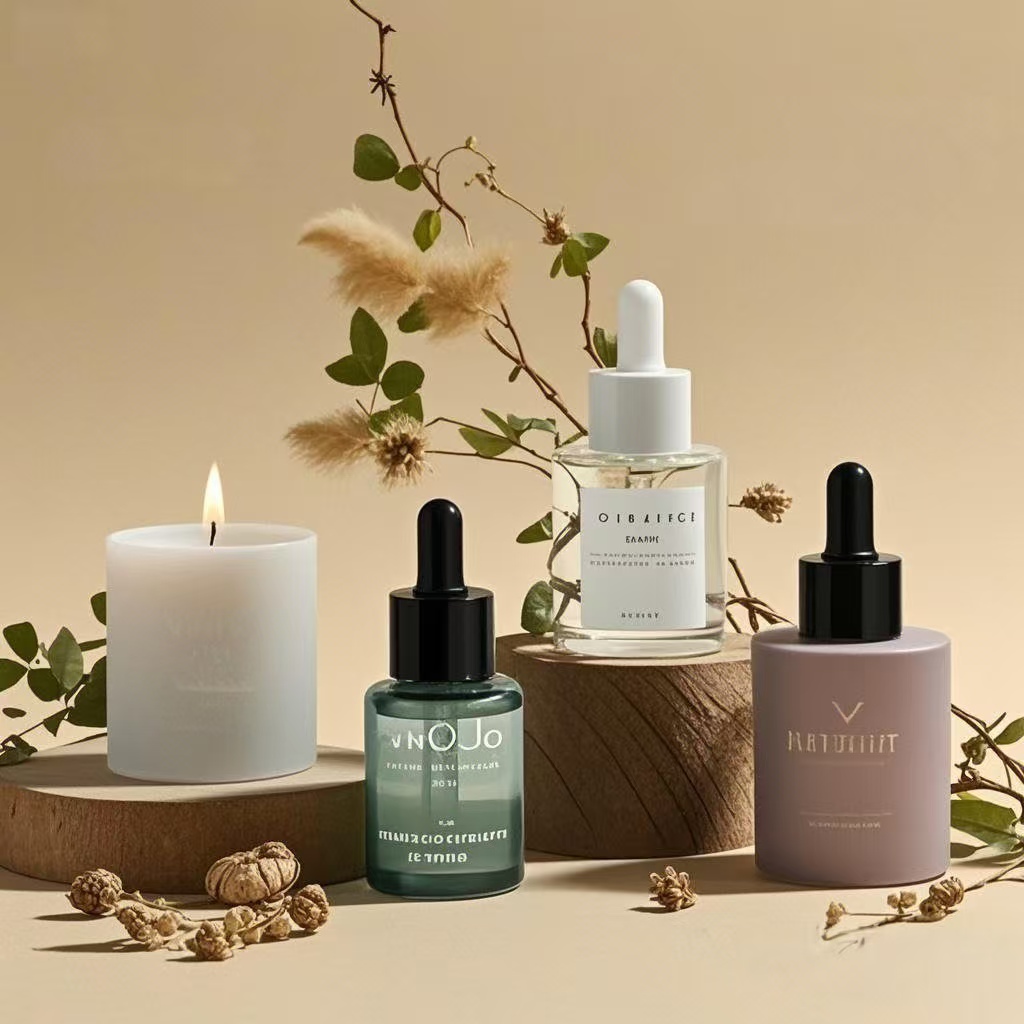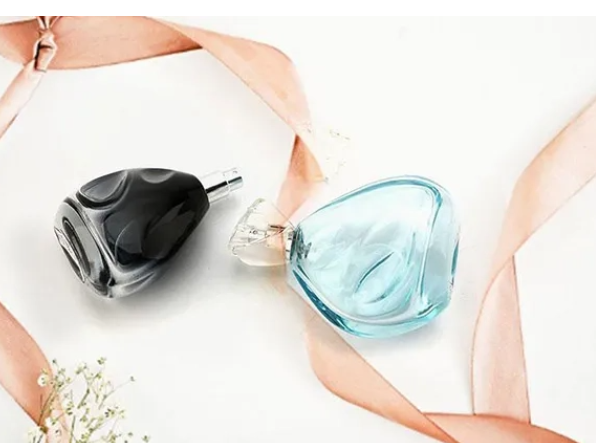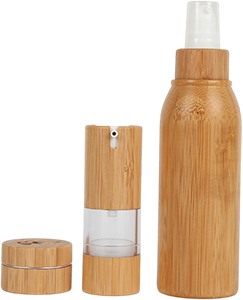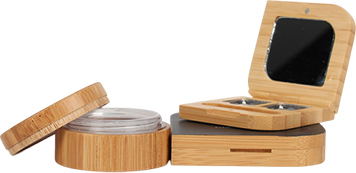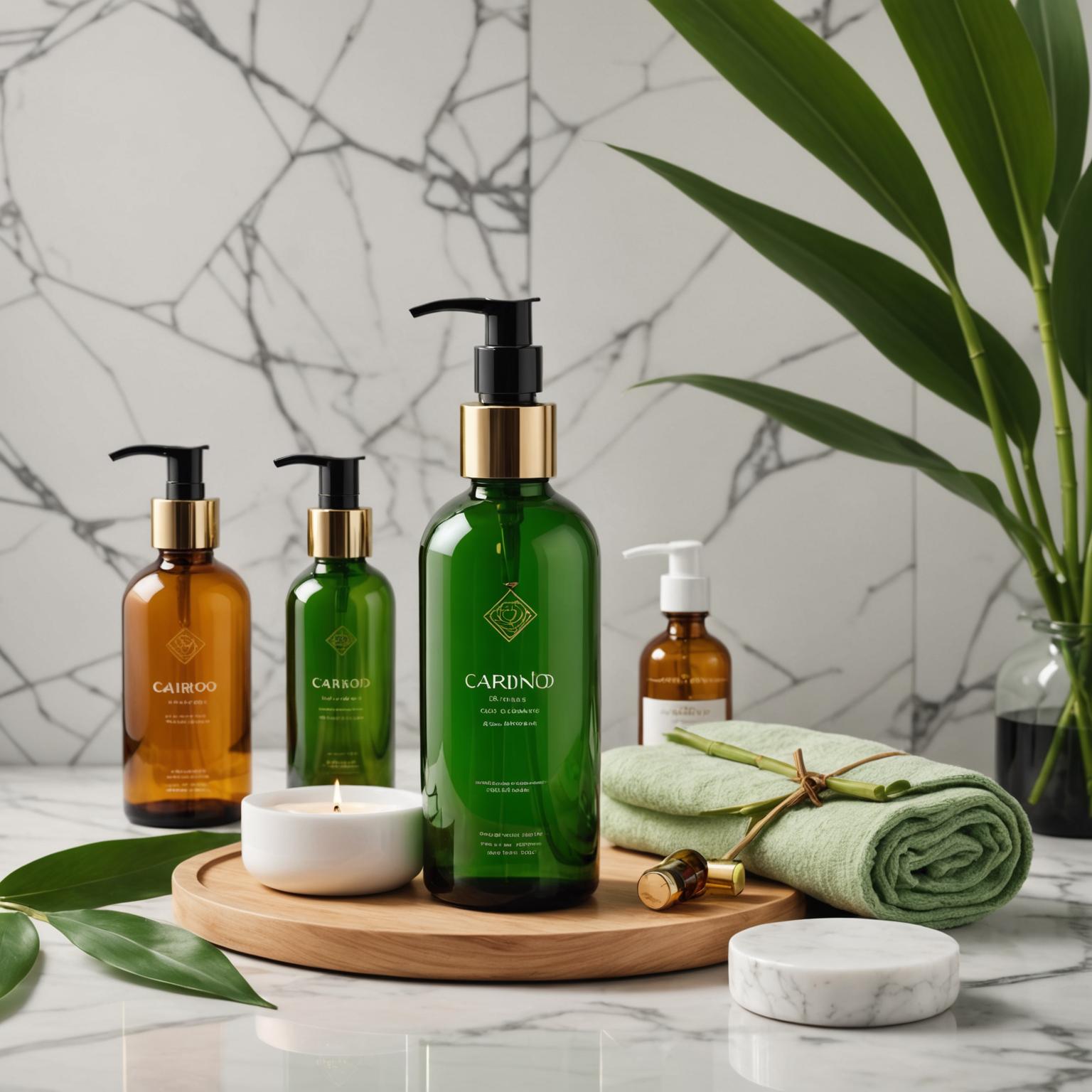Walk through the skincare aisle of a boutique store or scroll through an essential oil brand’s online shop, and you’ll notice a common thread: glass dropper bottles dominate the shelves. There’s a reason for this—unlike plastic containers, glass is inert (it won’t react with essential oils or serums), preserves product potency by blocking UV light (when amber or frosted), and offers precise dropper dispensing that avoids waste. For consumers, a glass dropper bottle signals “premium” and “trustworthy”—two factors that directly influence purchasing decisions.
But for brands, sourcing glass dropper bottles isn’t a one-size-fits-all task. You’ll face three key choices: working directly with a glass dropper bottle factory for custom production, buying wholesale glass dropper bottles for quick restocks, or investing in OEM essential oil packaging to create a fully branded, unique product. Each option caters to different business stages, budgets, and goals—and choosing the right one can mean the difference between streamlining operations and overspending, or blending in and standing out.
In this guide, we’ll dive into each sourcing path, answer critical questions (like “How do I verify a factory’s quality?” and “Is OEM packaging worth the investment?”), and equip you with the knowledge to rank higher on Google for high-intent keywords like “glass dropper bottle factory” and “OEM essential oil packaging.”
Chapter 1: Glass Dropper Bottle Factory – Control, Quality, and Scalability
A glass dropper bottle factory is a production facility that manufactures glass dropper bottles from raw materials (like soda-lime glass or borosilicate glass) through processes like blow-molding, annealing, and dropper assembly. Unlike wholesale suppliers, factories control every step of production—from mold creation to quality inspection—making them the go-to choice for brands that prioritize consistency, customization, and long-term scalability.
Core Benefits of Partnering With a Factory
- Unmatched Quality Control: Reputable factories adhere to strict industry standards, such as FDA regulations for food-grade/ cosmetic-grade glass and ISO 9001 for production management. This ensures your bottles are leak-proof (critical for liquid products), chemical-free (no risk of contaminating oils), and durable (resistant to breakage during shipping). For example, a factory specializing in dropper bottles will test each batch for dropper precision—ensuring every squeeze dispenses 0.05ml of product, avoiding customer frustration from inconsistent dosing.
- Cost Savings for Bulk Orders: While factories typically have higher minimum order quantities (MOQs), the per-unit cost drops significantly with larger orders. A 10ml amber glass dropper bottle might cost $0.70 when buying 1,000 units wholesale, but just $0.40 when ordering 50,000 units directly from a factory. For established brands with steady demand, this translates to thousands in annual savings.
- Customization Flexibility: Factories let you tailor bottles to your brand’s needs—from unique shapes (e.g., curved bodies for a luxury feel) to custom colors (frosted white for a minimalist aesthetic) or thicknesses (thicker glass for premium products). You can even customize the dropper itself, choosing between rubber bulbs, plastic pipettes, or child-resistant caps for safety compliance.
How to Find a Reliable Glass Dropper Bottle Factory
- Prioritize Specialization: Avoid general glassware factories—look for those that specialize in dropper bottles or small-format glass packaging. These factories understand the unique needs of essential oil brands, like UV-protective amber glass (to prevent oil oxidation) or narrow necks that fit standard dropper assemblies.
- Verify Certifications: Ask for proof of FDA, ISO 9001, or GMP (Good Manufacturing Practices) certifications. For brands selling internationally, check if the factory meets EU REACH standards (for chemical safety) or SGS testing (for product quality).
- Request Samples and Production Audits: A trustworthy factory will send free or low-cost samples so you can test bottle weight, dropper functionality, and glass clarity. For large orders, consider arranging a virtual or in-person audit to inspect production lines, quality control processes, and storage facilities.
- Check Client Testimonials: Look for reviews from other wellness brands on platforms like Google My Business, Alibaba, or industry forums. Pay attention to feedback on delivery timelines (do they meet deadlines?), communication (are they responsive to questions?), and defect rates (do bottles arrive with cracks or faulty droppers?).
Red Flags to Watch Out For
- Reluctance to share certifications or production process details.
- Vague pricing (e.g., “prices depend on order size” without providing a clear quote).
- Long lead times (over 10 weeks) without a detailed production schedule.
- Refusal to send samples or allow factory audits.
Chapter 2: Wholesale Glass Dropper Bottles – Speed and Affordability for New and Growing Brands
Wholesale glass dropper bottles refer to pre-manufactured bottles sold in bulk by suppliers who source inventory from factories. Wholesale suppliers don’t produce bottles—they act as middlemen, stocking standard sizes (5ml, 10ml, 30ml), colors (amber, clear, blue), and styles (dropper, roll-on, spray) to sell to brands at a markup. This model is ideal for startups, small businesses, or brands that need quick access to packaging without high upfront costs.
Why Choose Wholesale Over a Factory?
- Low Entry Barrier: Wholesale suppliers have far lower MOQs than factories—often 500 to 1,000 units, compared to 10,000+ for factories. This makes them accessible for brands with limited budgets. For example, a new essential oil brand can order 500 10ml amber dropper bottles for $350 (vs. $4,000 for a factory’s MOQ), allowing them to launch products without tying up capital in inventory.
- Rapid Turnaround: Since wholesale bottles are pre-made, orders ship in 1 to 3 weeks—critical for brands launching new products, restocking bestsellers, or avoiding stockouts during peak seasons (like holiday shopping). A factory, by contrast, needs 4 to 8 weeks to produce and assemble bottles.
- Flexibility to Test Markets: Wholesale lets you experiment with different bottle sizes and styles to see what resonates with customers. For instance, you could order 500 clear dropper bottles for a citrus oil line and 500 amber bottles for a lavender line, then double down on the top-seller without committing to a large factory order.
Tips for Sourcing Wholesale Glass Dropper Bottles
- Compare Pricing and Value: Don’t just look at per-unit costs—factor in shipping fees, minimum orders, and quality. A supplier might charge $0.60 per bottle but add $100 in shipping, while another charges $0.65 but offers free shipping for orders over $500. Also, check if the price includes droppers and caps (some suppliers charge extra for these components).
- Confirm Stock Availability: Before placing an order, ask for real-time stock updates. Nothing derails a product launch faster than finding out your chosen bottle is backordered for 6 weeks. Reputable suppliers will share inventory levels upfront and offer alternatives if your first choice is out of stock.
- Prioritize Local or Regional Suppliers: If you sell in the US, EU, or Australia, choose a wholesale supplier with warehouses in your region. This reduces shipping time (1–2 days vs. 2–3 weeks for international orders) and costs (no customs fees or import taxes). For example, a US-based brand can save $200–$500 on a 1,000-unit order by choosing a domestic wholesaler over an overseas one.
When to Transition From Wholesale to a Factory
Wholesale is a great starting point, but as your brand grows, you’ll outgrow it. Make the switch to a factory when:
- Your monthly order volume exceeds 5,000 units (wholesale costs become less cost-effective).
- You need custom bottle features (like a unique shape or branded color) that aren’t available in wholesale stock.
- You want to reduce reliance on middlemen and gain more control over production timelines.
Chapter 3: OEM Essential Oil Packaging – Turn Glass Dropper Bottles Into Brand Assets
OEM essential oil packaging (Original Equipment Manufacturing) refers to fully customized packaging solutions where a factory produces glass dropper bottles tailored to your brand’s exact specifications—including logos, labels, caps, and even secondary packaging (like boxes or sleeves). Unlike standard custom bottles, OEM packaging integrates your brand identity into every detail, turning a simple container into a marketing tool that stands out on shelves and social media.
The Strategic Value of OEM Essential Oil Packaging
- Build Instant Brand Recognition: A generic amber dropper bottle blends in with dozens of competitors—but an OEM bottle with your embossed logo, custom frosted pattern, or branded color? It becomes a “visual signature” for your brand. A 2023 consumer survey found that 68% of shoppers remember brands by their unique packaging, and 45% are more likely to repurchase a product with memorable packaging.
- Justify Premium Pricing: OEM packaging signals “high quality” to consumers, letting you charge more for your products. For example, two 10ml lavender essential oils—one in a generic wholesale bottle, one in an OEM bottle with a matte black cap and embossed logo—can differ in price by $5–$10, with customers willing to pay more for the branded option.
- Enhance the Unboxing Experience: OEM packaging extends beyond the bottle. You can pair custom dropper bottles with branded boxes, tissue paper, or thank-you cards—creating a memorable unboxing moment that encourages customers to share photos on Instagram or TikTok (free organic marketing for your brand).
Key Considerations Before Investing in OEM Packaging
- Budget and MOQs: OEM packaging requires higher upfront costs than wholesale or standard factory orders. You’ll pay for mold fees (typically $500–$3,000, depending on bottle complexity) and higher MOQs (often 10,000+ units). Before committing, calculate your break-even point: if you sell 1,000 units per month, a 10,000-unit OEM order will last 10 months—ensure your cash flow can handle the upfront investment.
- Design Practicality: Work with your factory to balance creativity and functionality. A bottle with a narrow neck might look sleek, but if it’s hard to clean (a problem for brands that reuse bottles), it could hurt customer satisfaction. Similarly, a custom dropper bulb made from low-quality rubber might degrade over time, leading to leaks. Test prototypes with a small group of customers to get feedback before finalizing the design.
- Compliance and Labeling: OEM bottles must meet industry regulations. For example, essential oil bottles sold in the US need FDA-compliant labels with ingredient lists, safety warnings, and net weight. Ensure your custom design leaves space for these mandatory details—don’t let branding overshadow compliance.
How to Execute an OEM Essential Oil Packaging Project
- Define Your Brand Identity: Start by clarifying your brand’s aesthetic (minimalist, bohemian, luxury) and key messages. This will guide decisions like bottle shape, color, and logo placement.
- Collaborate With a Designer: Hire a packaging designer who specializes in wellness products. They’ll create 3D renderings of your bottle and work with the factory to ensure the design is production-ready (e.g., adjusting logo size to fit embossing constraints).
- Partner With an Experienced Factory: Choose a glass dropper bottle factory with a track record in OEM projects. They’ll advise you on material choices (borosilicate glass for durability, amber for UV protection) and manage the entire production process—from mold creation to assembly and labeling.
Chapter 4: How to Choose the Right Sourcing Option for Your Brand
The best sourcing path depends on your business size, budget, and goals. Use this framework to make an informed decision:
For Startups (Monthly Sales < 1,000 Units)
- Best Option: Wholesale glass dropper bottles.
- Why: Low MOQs and fast shipping let you launch products without large upfront costs. Use this phase to test product-market fit, then reinvest profits into OEM packaging as you grow.
For Growing Brands (Monthly Sales 1,000–5,000 Units)
- Best Option: Mix wholesale and factory orders.
- Why: Use wholesale for quick restocks of bestsellers (to avoid stockouts) and partner with a factory for larger orders of core products (to save on per-unit costs). This balances flexibility and cost efficiency.
For Established Brands (Monthly Sales > 5,000 Units)
- Best Option: Glass dropper bottle factory + OEM essential oil packaging.
- Why: A factory provides cost-effective bulk production, while OEM packaging differentiates your brand and supports premium pricing. You can also work with the factory to create cohesive packaging lines (e.g., matching dropper bottles for your oil, serum, and toner products).
Chapter 5: SEO Strategies to Rank for Glass Dropper Bottle Keywords
To drive organic traffic to your blog or product pages, optimize your content for Google using these proven tactics:
-
Strategic Keyword Placement: Insert core keywords like “glass dropper bottle factory,” “wholesale glass dropper bottles,” and “OEM essential oil packaging” in high-impact areas:
- SEO title and meta description (as done in this guide).
- H1, H2, and H3 headings (break up text to improve readability and signal relevance to Google).
- First 100 words of the introduction (Google prioritizes early content).
- Image alt text (e.g., “OEM essential oil packaging with embossed logo from a US glass dropper bottle factory”).
- Conclusion (reinforce keywords to wrap up the topic).
-
Create High-Value Content: Google ranks pages that answer user questions. Include a FAQ section with common queries like:
- “How much does OEM essential oil packaging cost?”
- “What’s the minimum order for wholesale glass dropper bottles?”
- “How to verify if a glass dropper bottle factory is FDA-compliant?”
-
Build Authoritative Backlinks: Reach out to essential oil blogs, skincare influencers, and industry directories (like the Aromatherapy Trade Council) to link to your article. Backlinks from trusted sites signal to Google that your content is credible, boosting your rankings.
-
Optimize for Mobile: Over 60% of Google searches happen on mobile, so ensure your blog is mobile-friendly. Use short paragraphs (2–3 lines), clear headings, and compressed images to improve load times (aim for under 3 seconds).
Conclusion: Sourcing Glass Dropper Bottles That Fuel Your Brand’s Growth
Glass dropper bottles are more than just packaging—they’re a bridge between your product and your customers. Whether you start with wholesale glass dropper bottles to test the market, partner with a glass dropper bottle factory for scalability, or invest in OEM essential oil packaging to stand out, the right choice will align with your business goals and help you build a loyal customer base.
By focusing on quality, cost efficiency, and SEO optimization, you’ll not only climb Google’s rankings for high-intent keywords but also create a packaging strategy that supports long-term success. Remember: in the wellness industry, great products deserve packaging that tells your brand’s story—and great packaging turns first-time buyers into lifelong customers.
I can help you enhance this blog further, such as adding case studies of brands that succeeded with each sourcing method or refining the SEO keywords to target your specific market (like Europe or North America). Do you need me to assist with that?



